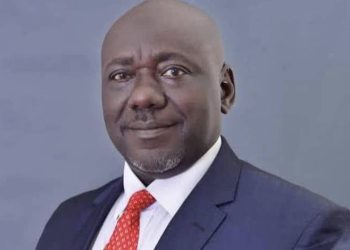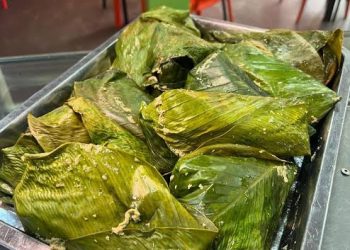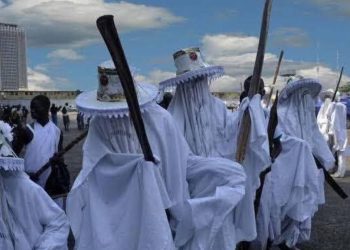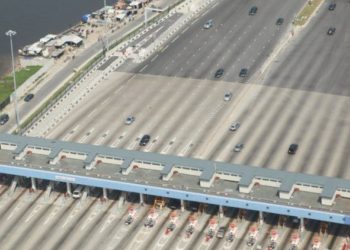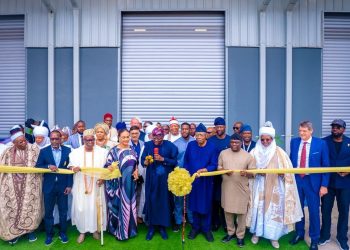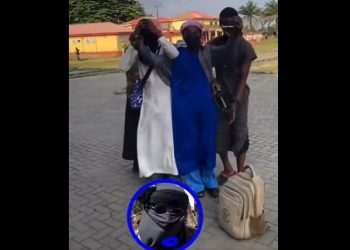Lagos state is located in the country Nigeria in the Western Region of Africa. It is the biggest metropolitan centre in Africa and one of the largest in the world. The state was initially named Eko before it was called Lagos by the Portuguese. Today we’ll look into the history of some of Lagos’ landmarks.
Places of History in Lagos
- Freedom park
- Tafawa Balewa square
- New Afrika shrine
- Badagry heritage museum
- Third Mainland Bridge
- Tinubu square
- Jaekel house
- Cathedral Church of Christ, Marina
- Agiya tree monument
- Kalakuta museum
10 Important Places of History in Lagos
1. Freedom Park
Located in Downtown Lagos Island, Freedom Park was built in 1999 as a recreational and memorial centre for citizens of Lagos state. Before the construction work by Theo Lawson started, Freedom Park was the location of the prison of the Queen known as Broad Street Prison.
The Broad Street Prison held some of Nigeria’s citizens who strived and yearned for Nigeria’s independence. However, Freedom Park is now a national park open to the public. It works as a memorial, revealing Lagos’ heritage, monuments, arts and crafts. Now, Freedom Park is a prominent location where social gatherings and events are held.
2. Tafawa Balewa Square
Tafawa Balewa Square was the location of a sports arena that hosted a variety of sports activities including football, cricket, and horse racing. Some years later in 1960 under the government of Governor Yakubu Guwon, the sports arena was demolished so that the Tafawa Balewa Square could be built. At the time it was known as Lagos Race Course.
The Square features an Arcade that displays memorials regarding the people who died due to the World Wars (I and II) and the Nigeria-Biafra Civil War. The Tafawa Balewa Square still has an area reserved for cricket where competitions are still being held. The Square is designed with symbols from the Nigerian coat of arms, the horses, and the eagle.
3. New Afrika Shrine
After the destruction of the Old Afrika Shrine which was built by Fela Kuti, a notable Nigerian Musician, in 1977, the new Afrika Shrine was built by his children Yeni Kuti and Femi Kuti, his eldest daughter, and eldest son in 2000. Located in Ikeja, it is an open-air area used for entertainment purposes and concerts. The building management is handled by Yeni Kuti while the concerts are handled by Femi Kuti who holds one every Thursday with his band.
The New Afrika Shrine is a place open to everyone regardless of race or status. In its earlier days, the New Afrika Shrine faced challenges from the government and police who tried to hamper its growth. But in the end, the Kutis succeeded in upholding their father’s legacy.
4. Badagry Heritage Museum
The Badagry Heritage Museum focuses on the history of the transatlantic slave trade in Nigeria. Images and videos are not to be taken inside the museum and this rule is upheld by the museum staff. There are eight different galleries in the museum and each gallery shows a different stage of the transatlantic slave trade from the initial stage of Badagry’s development to the capture of humans to be transported, human auctions, and finally the resistance of the slaves to oppression.
5. Third Mainland Bridge
The title of the longest bridge in Africa was wrenched away from the Third Mainland Bridge in Lagos by the 6th October bridge built in Cairo. Built over 10 years from 1980 to 1990, it forms the joining line between Lagos Island and Lagos Mainland.
Reports from citizens concerning the imbalance of the bridge led to repairs on the bridge at different points in time. Finally, in the early months of 2013, the bridge was done and deemed safe to use. The bridge was painted after the Nigerian flag during the repairs
6. Tinubu Square
Broad Street Lagos Island holds the open-air landmark Tinubu Square previously called Independence Square. The Square has a scenic scene and preparations are being put in place to convert the square into one of Lagos’ tourist centres to attract more people to the country thereby effectively increasing government revenue. Tinubu Square was renovated some years back making it more attractive.
7. Jaekel House
Located in Ebute Metta Lagos State, Jaekel house was built more than 100 years ago. The reason behind the construction of the Jaekel house is to maintain the legacy of the first set of railway tracks in Nigeria. Besides that, it is also used as a mini museum depicting past monumental events that occurred in Nigeria before and after independence.
8. Cathedral Church of Christ, Marina
The large Norman Gothic-style cathedral is located on Lagos Island. The building was built around 150 years back making it one of the oldest cathedrals in Nigeria yet it still stands today.
Further developments took place in the year 1924 and 1925 and was finished in 1946. Rev Samuel Ajayi Crowther became the first African Bishop of the large cathedral. Although he was a victim of the slave trade, he garnered much respect among the Anglicans such that they made a statue in memorial to him.
9. Agiya Tree Monument
This is one of the most iconic monuments in Nigeria as it is the spot where Christianity was first preached in Nigeria by evangelists Henry Townsend and Thomas Birch in the year 1842. The tree was sited near the Badagry Town Hall. With a height of 160 feet and width of 30 feet, the Agia tree stood for around three hundred years until it was destroyed by natural elements (a storm). An obelisk was later erected in the place where the tree stood to mark the start of 170 years of Christianity in Nigeria.
10. Kalakuta Museum
The Kalakuta Museum is another landmark of Lagos relating to the Kutis. However, it has a very dark past much darker than the Afrika shrine. Although located in Ikeja, the Kalakuta name was first derived from Fela’s house.
Due to his opposition to the army, the place was burnt down by the army and they prevented the fire service from putting out the fire which eventually led to the destruction of the free clinic hosted by Fela’s brother. This incident led to the death of Fela’s mother after she was thrown from the first floor of the building damaging her leg in the process. Although she didn’t immediately die from the injury, the emotional trauma caused her to lose the fight against death a year later. However, the Kalakuta Museum now holds Fela’s items including his shoes, clothes, paintings, and saxophone.
Conclusion
Lagos has a large number of important places in history with just a few being mentioned above. If you know of any more iconic spots in Lagos, let us know in the comment section below.





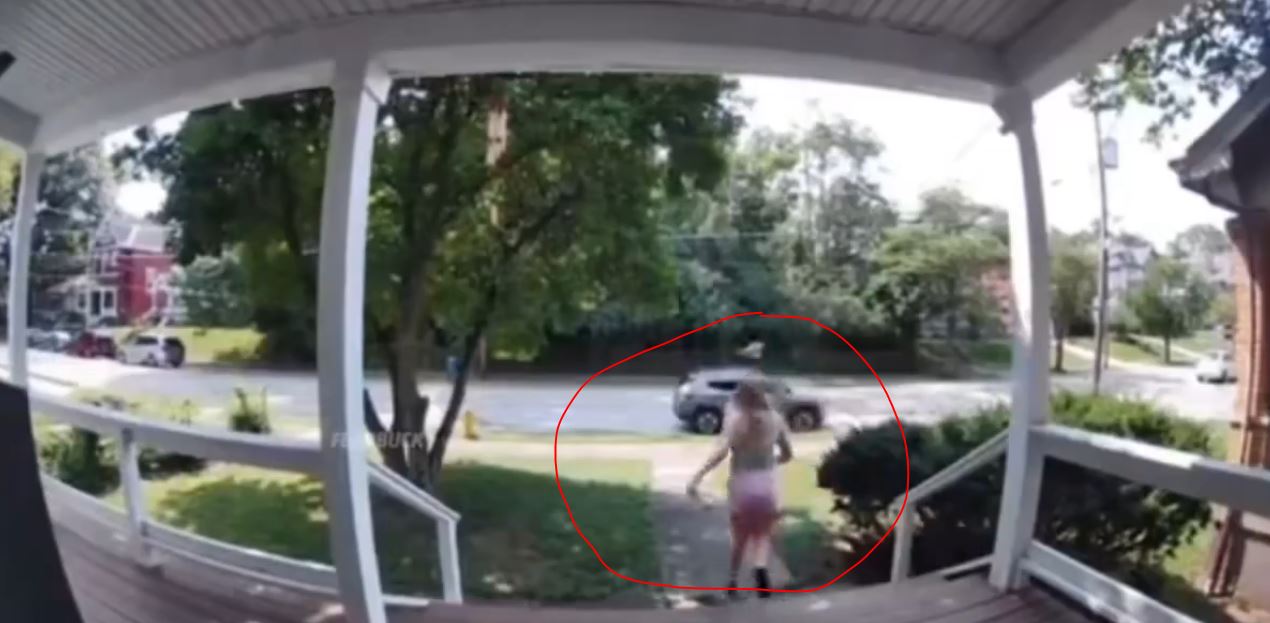
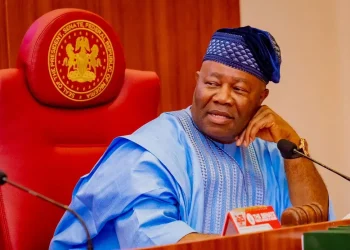
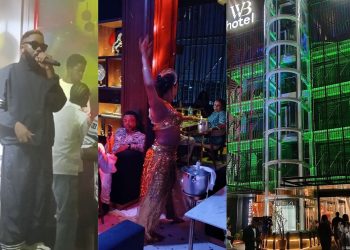





![TikToker Peller Hospitalised After Suicide Attempt Following Breakup With Girlfriend Jarvis [VIDEO]](https://bestlagos.ng/wp-content/uploads/2025/12/Blank-2-Panel-Portraits-Comic-Strip_20251214_173158_0000-350x250.jpg)
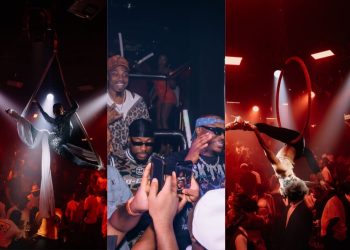
![Terrifying Uber Ride: Lady Panics After Discovering Broken Door Lock Mid-Trip [VIDEO]](https://bestlagos.ng/wp-content/uploads/2025/12/White-Modern-Fashion-Trends-Photo-Collage_20251211_085520_0000-350x250.jpg)

